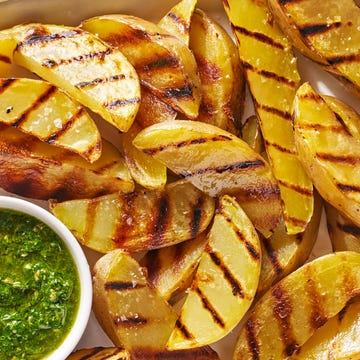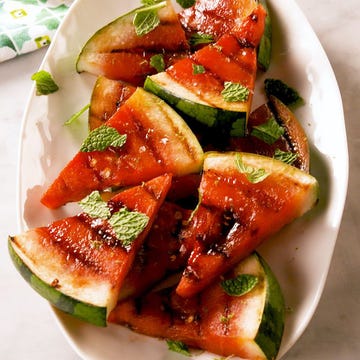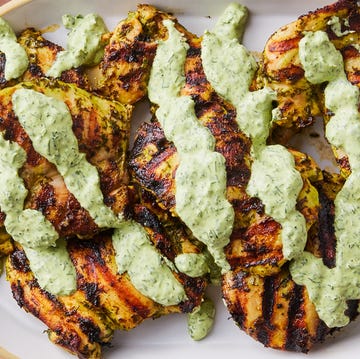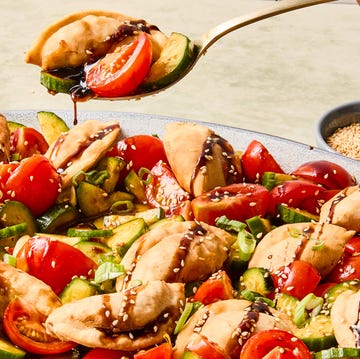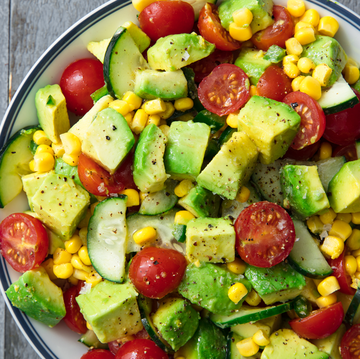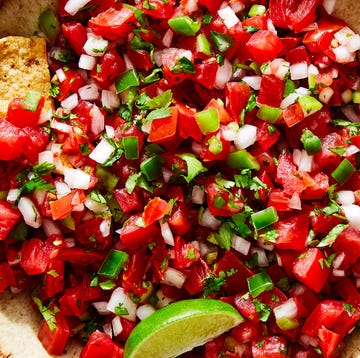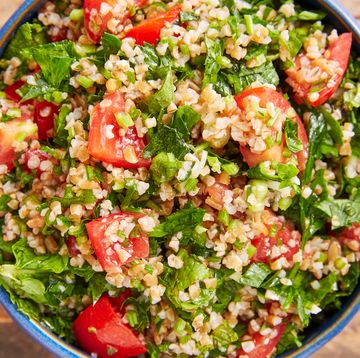Boiled chicken may sound boring, but its beauty is in how basic it is: Boiling (simmering, really) yields perfectly tender chicken that can be used in countless weeknight dinners. My foolproof guide for boiling chicken will be the saving grace of meal-preppers everywhere: It makes it easy to get tender, juicy, shreddable chicken. While boiling chicken is practically as simple as bringing a pot of water to a boil, there are tricks to it. Keep reading below to discover my top tips for boiling chicken perfectly, every time.
What People Are Saying:
"Glad I found this recipe…. I always overcooked my chicken breasts and they came out rubbery. Not with this recipe...perfect!" - mag3355
"I am 34 years old and I’ve been boiling chicken wrong my whole life apparently. This is the best method I’ve ever used. Chicken comes out tender, flavorful and delicious in every way. I highly recommend!" - Whittles2020
How To Boil Chicken
INGREDIENTS
- Chicken: Any cut of chicken—even a whole chicken—can be cooked using the method here, but I think chicken breasts benefit the most. If tough, dry meat is the bugbear of chicken breasts, boiling (in truth, simmering) is the solution, ensuring they remain moist and juicy.
- Broth: Boiling chicken in broth rather than water is an easy way to infuse the meat with flavor. While you’re at it, feel free to throw some aromatics into the pot. You can't go wrong with onion, celery, and carrot or a combo of ginger and scallions.
- Salt: One of the advantages of boiling/simmering chicken is that it seasons the meat inside and out, kind of like a brine. For this to happen, though, you need to use a generous hand with the salt. Starting with low-sodium chicken broth only gets you partway there—you'll need to add additional salt so the cooking liquid is highly seasoned. If using water instead of broth, add 1 tablespoon of kosher salt for every quart of water.
STEP-BY-STEP INSTRUCTIONS
Place the chicken in a large pot and pour broth (or water) over to cover. Season generously with salt and pepper. Starting the chicken in cold or room temperature liquid is crucial to even cooking.
Place the pot over medium-high heat and bring the liquid to a boil. Immediately reduce the heat (we don't want to actually boil the chicken!), cover the pot, and simmer until an instant-read thermometer inserted into the thickest part of the breasts registers 165°, about 10 minutes. Uncover the pot periodically to make sure the liquid is merely simmering; adjust the heat as needed.
Using tongs, transfer the chicken to a cutting board and let rest for at least 10 minutes; this resting period ensures the juices stay inside the chicken and don't run out onto your cutting board the moment you start shredding. Once the chicken is well rested, use 2 forks to shred the meat into large pieces or use your hands if smaller pieces what you're after.
Full list of ingredients and directions can be found in the recipe below.
Recipe Tips
- Start with a flavorful liquid: Sure, you could boil the chicken in water, but that seems kind of boring, right? Boiling the chicken in chicken broth is a surefire way to instantly up the flavor.
- Give it a cold start: Never add the chicken directly to boiling liquid. Instead, start the chicken in cold broth or water and heat the two simultaneously. This approach allows the chicken to cook more uniformly, preventing the outside from overcooking while the inside remains undercooked.
- Season it well: Place your chicken breasts in a large pot with a tight-fitting lid and add enough liquid to cover the chicken. Season your liquid well with salt and pepper—this is crucial. It's really no different than boiling a pot of pasta. If you have some carrots, onions, or fresh herbs you can add them to the pot as well. All of your flavor is going to come from what you put in the pot, so the more the merrier.
- Cook it gently: Despite the name, you really don't want to be boiling chicken—you'll wind up with rubber chicken. Instead, once you've brought the liquid to a boil, immediately reduce the heat and cook the chicken at a simmer. Lift the lid occasionally to confirm the liquid is simmering, and adjust the heat as needed.
Storage
If you don’t use all of your chicken right away, let it cool before storing in an airtight container in the fridge for up to 4 days.










